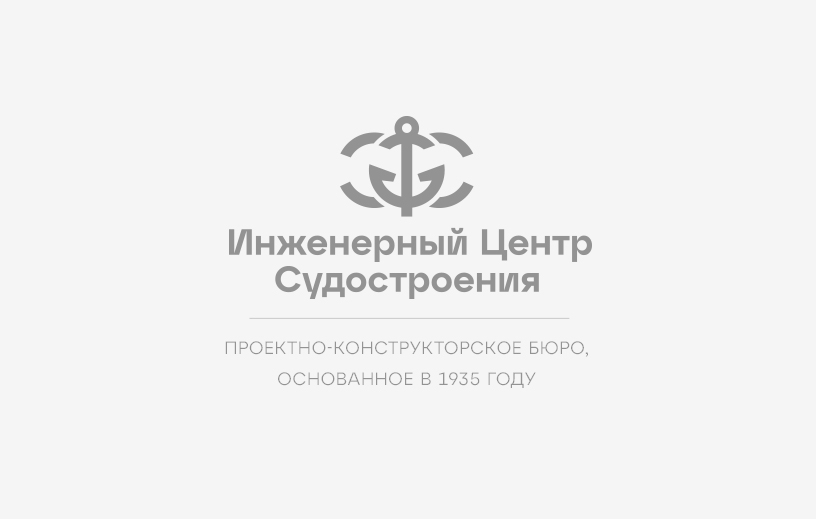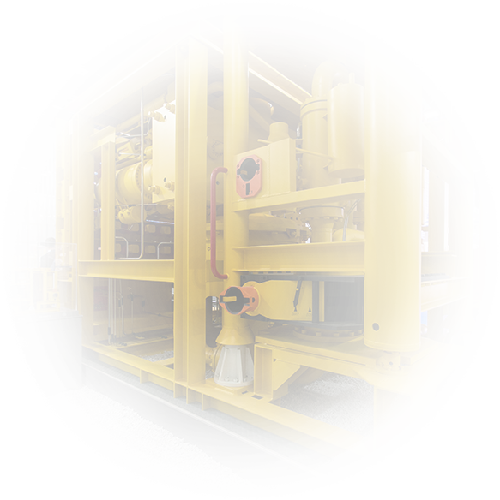- Main page
- Projects
- River icebreakers, icebreaking class tugs
- Non-self-propelled icebreaking and ice cleaning attachments
Non-self-propelled icebreaking and ice cleaning attachments

| Characteristic | Project numbers | |||
|---|---|---|---|---|
1713 | 1749 | 2158 | 2211 | |
| Class of the Russian River Register | “E O” | “E O” | “O” | “R” |
| Length overall, m | 12 | 25 | 31,5 | 16 |
| Breadth overall, m | 4,2 | 15 | 18,68 | 8,8 |
| Depth, m | 2,3 | 4,0 | 4,0 | 1,8 |
| Draft according to design waterline, m | 1,6 | 2,65 | 3,0 | 1,4 |
| Displacement at waterline draft, m3 | 38,0 | 438 | 758,0 | 107,5 |
| Maximum power consumed by the switchgear, kW | 20 | 140 | - | - |
| Maximum thickness of solid ice overcome by continuous sailing (pusher power), kW | 25(220) | 90(1000) with switchgear | - | 50(575) |
“Tug+ icebreaking and ice-clearing attachments” combinations make it possible not only to effectively clear a channel laid by an icebreaker from broken ice, but also to independently lay channels in solid ice for guiding transport ships.
At the same time, the use of a rocking installation (RI) on the icebreaking and ice-clearing attachments makes it possible to increase icebreaking capability when moving in solid ice by approximately 2 times: when the icebreaking and ice-clearing attachment pr.1749 was operating in conjunction with a 1000 kW tug, the maximum thickness of solid ice when using the RI was 0,9 m, without use of RI – 0,43 m.
Taking into account construction costs and operating costs, icebreaking and ice-clearing attachments without RI were accepted for serial production.
The hull forms of the icebreaking and ice-clearing attachment pr.2158, intended primarily for cleaning and expanding the channels laid by the icebreaker, had a simplified flat-edged shape. The forms of the bow ensured that the ice floes were sunk, moved along the bottom and then tucked under the edges of the channel using an ice-breaking wedge.
At the bow end there were inclined knives for chopping off the uneven edges of the canal and expanding it up to 19 m.
Non-self-propelled icebreaking and ice-clearing attachments without RI can also be successfully used for laying channels in solid ice of relatively small thickness.

